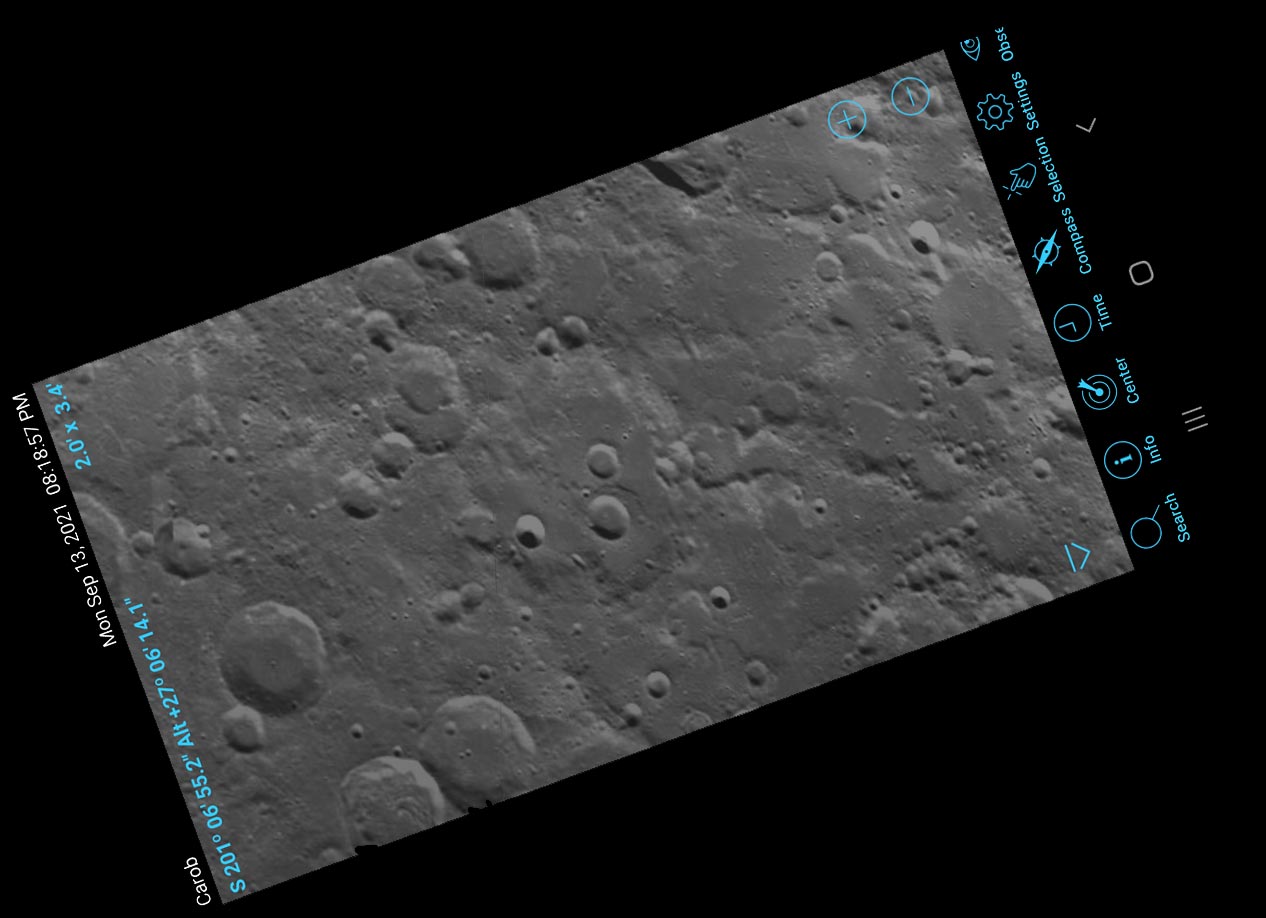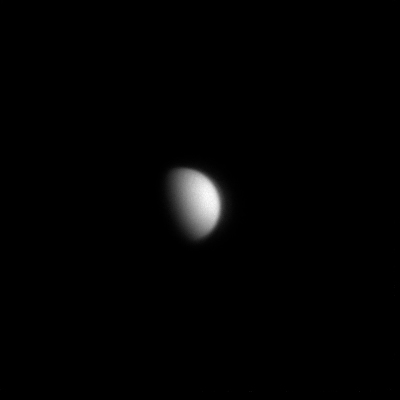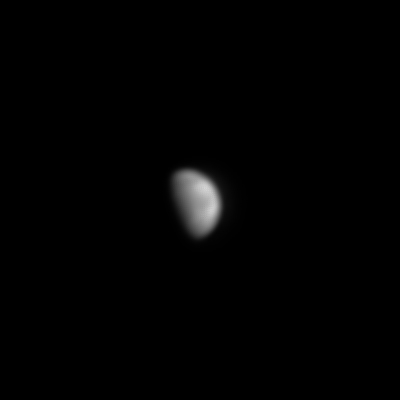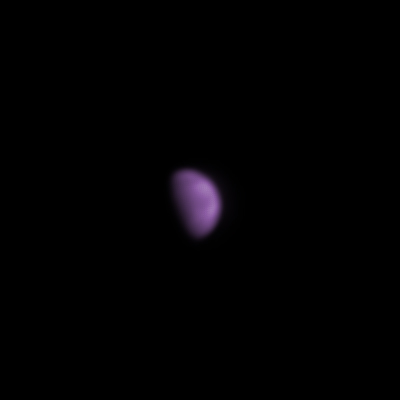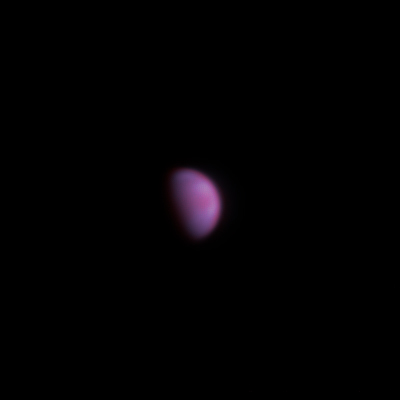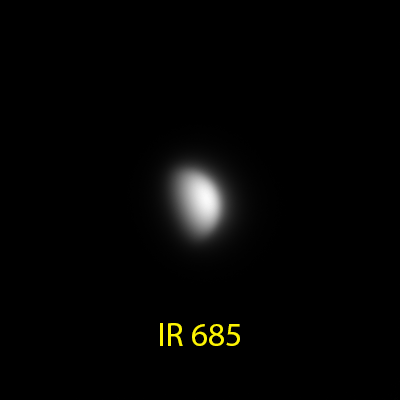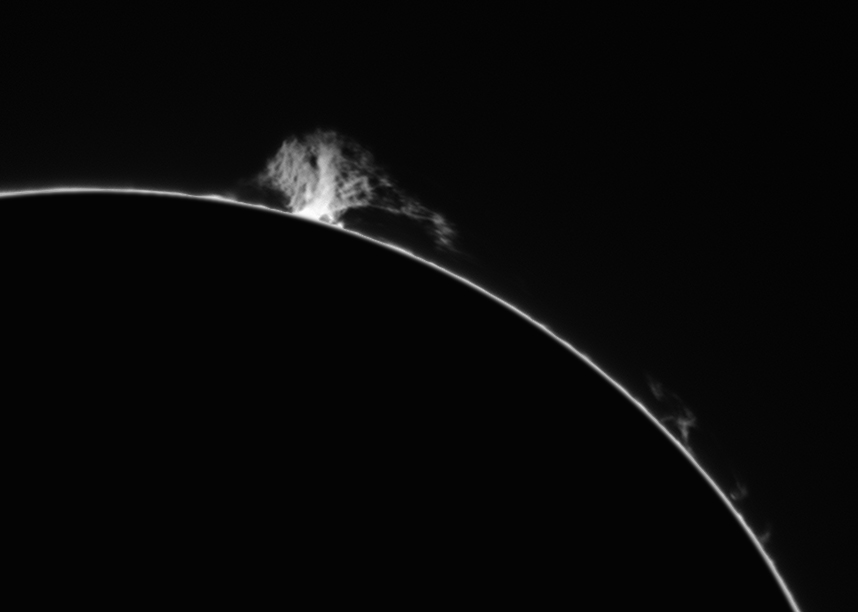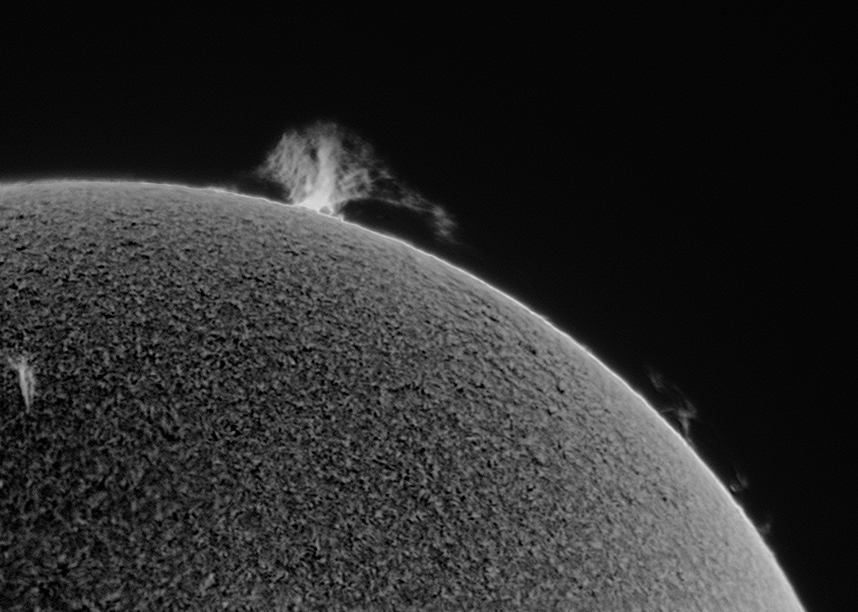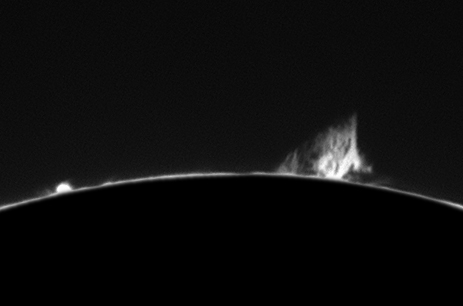i know very little about the moon, but once in a while i'll turn my planetary rig to the really bright thing in the night sky. my usual approach is to take pictures of cool looking stuff, then learn what i've captured later.
Craters within craters caught my eye here:
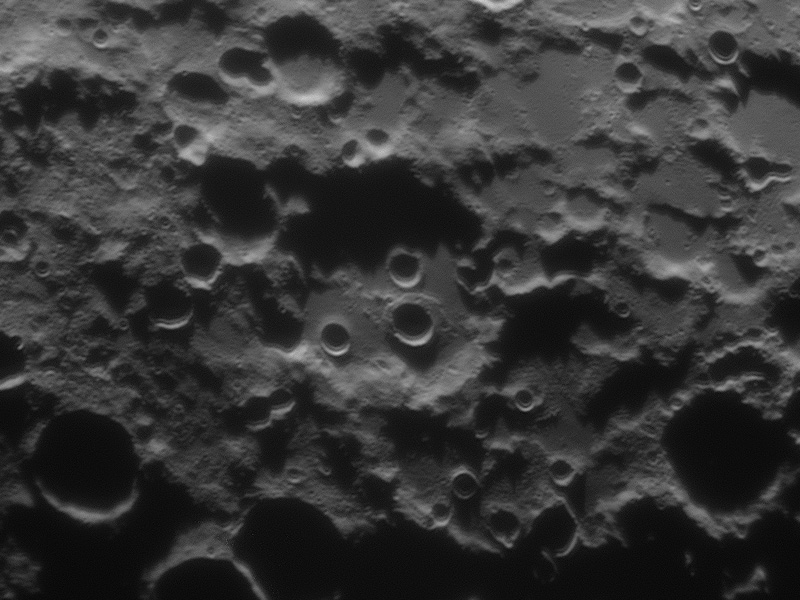 |
| sacrabosco 9/13/2021 02:43 UTC |
The age of a lunar object is often estimated by how many craters there are. so craters filled with other craters are probably old structures. the soft cratered rim also looks old. It took me quite a while to identify the central crater:
"Sacrobosco is an irregular lunar impact crater that is...a readily identified feature due to the three circular craters that lie on its floor." (err not so readily by me) wikipedia
Named after John of Holywood, Johannes Sacrobuschus Sacrobosco - British astronomer, mathematician (c. 1200-1256). ref
here's a wider view, click on the image for a full screen moon walk:
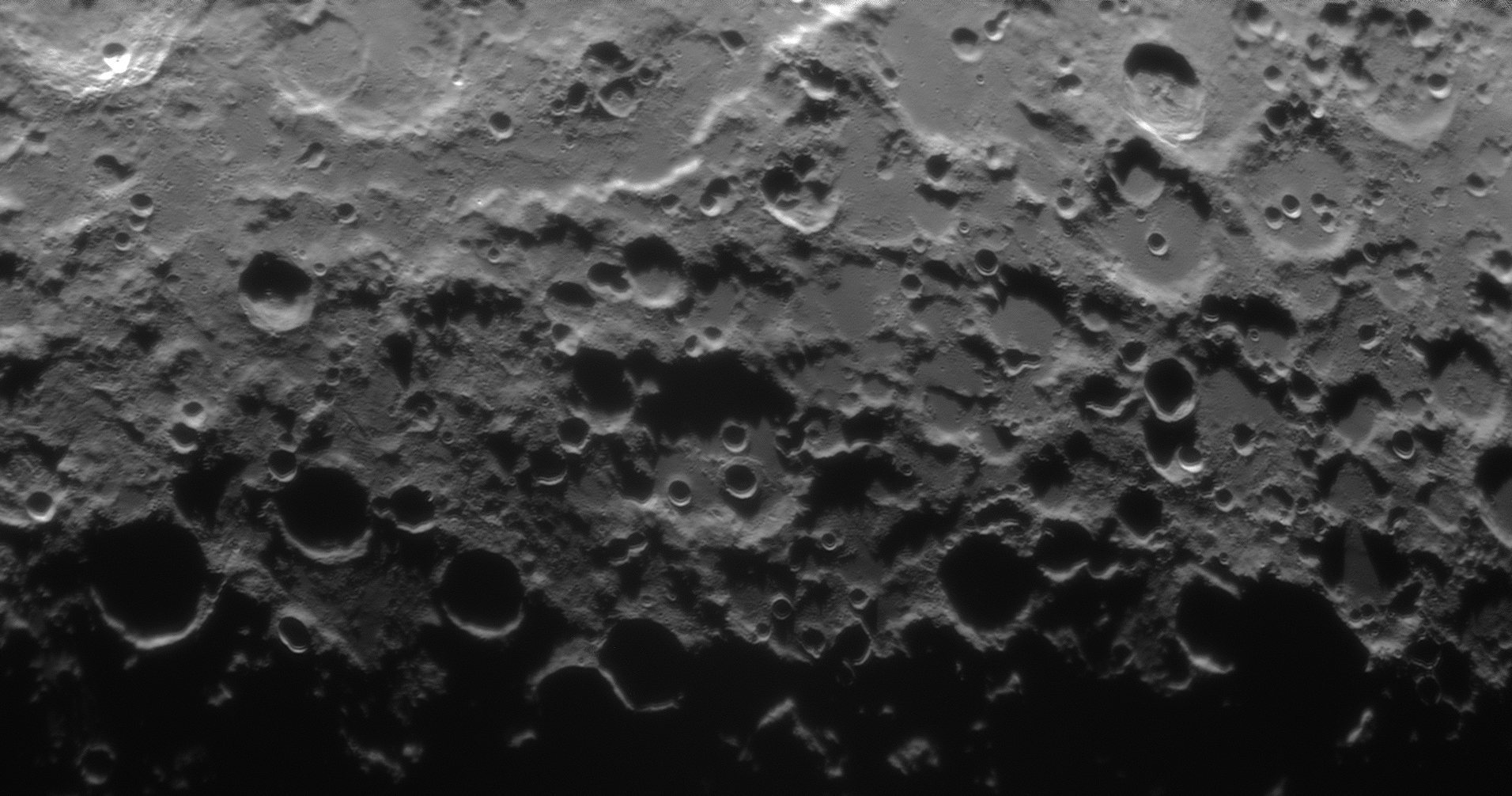 |
| sacrabosco 9/13/2021 02:43 UTC |
lunar surface detail is best photographed near the terminator (dividing line between light and dark) as the enhanced contrast brings out detail. the problem with that is that most lunar atlases have a bright full moon view with a black shadow overlay, but no actual shadows on the surface. here's the atlas view of the central crater:
note that the 3 internal craters are easily visible, but the larger and much older crater is difficult to see without the sun's contrast bringing out its soft edges. i was only able to identify it by finding the bright ridge at the top of the larger image and working backwards...
camera ZWO ASI 290MM
filters: ZWO IR pass 850
(seeing was mediocre with the 850 filter clearly sharper than a Baader IR pass "685")
celestron 11" Edge HD, no barlow
East Bluff, CA
9/13/21 02:43-03:02 UTC
FPS (avg.)=73
Shutter=12ms
Gain=251 (41%)
